History:
During the 1970s, many manufacturers began to bet their chips on building fighter jets. GMS Aircraft Corporation, in partnership with the Portuguese Air Force, at the end of the 70s, entered this field with its prototype, the XF/A-1, a multirole fighter jet with the ability to land on aircraft carriers. After the testing phase, the first flight of the XF/A-1 was made in 1981. At the time the plane did not have variable-sweep wings and was only powered by one engine. However, about a month after the first flight, GMS Aircraft Corporation managed to partner with Panavia, which had developed the Panavia Tornado, and with McDonnell Douglas, which had recently started production of the F/A-18 Hornet. With that, GMS Aircraft Corporation put aside the XF/A-1 project and started the YF/A-1 project. The plane was completely redesigned, now containing variable-sweep wings and two engines, derived from the Panavia Tornado. The aircraft's nose and cockpit were derived from the F/A-18 Hornet, the nose being practically identical and the cockpit only with some small changes in the electronics. The Portuguese Air Force, which worked closely with GMS Aircraft Corporation, ordered 30 aircraft, with the option of ordering 16 more, if the service provided was excellent. After the redesign of the plane, the first flight of the YF/A-1 was made in 1984. Due to the capabilities of the plane, and in order to replace some F-14 Tomcat, the USAF and the US Navy ordered 155 aircraft. Later the Royal Netherlands Air Force ordered 45 planes with an option to purchase 12 more if needed. Close to the delivery date of the first plane, GMS Aircraft Corporation announced the name of the plane as “GMS F/A-1 Hellfighter”. The first aircraft was delivered to the Portuguese Air Force in 1987, and service began soon. After the delivery of more than 150 planes, Belgian Air Component showed interest in the plane and ended up buying 17 units. Later the Portuguese Air Force and the Royal Netherlands Air Force exercised the options to purchase more aircraft, 16 and 12 respectively. The last unit manufactured was delivered in 2005 to the Portuguese Air Force, and later in 2007 GMS Aircraft Corporation announced the End of Hellfighter production, after 284 units were built and 275 were in active service. Currently, only the United States anticipates the withdrawal of the “Hellfighter” from service, and plans it for around 2030.
Info and specs:
Number built: 284 (8 YF/A-1 were used for testing and never got into service as well as the only XF/A-1)
Role: Multirole Fighter Jet
Customers: United States Air Force and United States Navy (USAF and USN) - 155, Royal Netherlands Air Force (KLu) - 57, Portuguese Air Force (FAP) – 46, Belgian Air Component (BAC) - 17
Engines: General Electric F-414
Cruising Altitude: 50000ft
Cruising Speed (at 50000ft): 450kn (IAS), 1200kn (GS), Mach 1.8
Range: about 1080nmi
Ammo: Air-to-Ground - 3x Cleaver; Air-to-Air - 4x Interceptor, 2x Guardian; Guns: 1x Minigun
Crew: 1 Pilot
Controls:
AG1- Canopy
AG2- Activate Hook
AG3- Nothing
AG4- Lights
AG5- Nothing
AG6- Nothing
AG7- Nothing
AG8- Engine Start/Stop
Credits:
Based on @BogdanX Panavia Tornado GR4 and on @Jundroo Wasp
Specifications
Spotlights
- This craft is curated
- TheBlueRobotProduct 2.8 years ago
General Characteristics
- Created On Windows
- Wingspan 45.0ft (13.7m)
- Length 60.5ft (18.4m)
- Height 19.7ft (6.0m)
- Empty Weight N/A
- Loaded Weight 51,841lbs (23,514kg)
Performance
- Power/Weight Ratio 1.755
- Wing Loading 39.2lbs/ft2 (191.5kg/m2)
- Wing Area 1,321.9ft2 (122.8m2)
- Drag Points 5212
Parts
- Number of Parts 376
- Control Surfaces 5
- Performance Cost 2,208

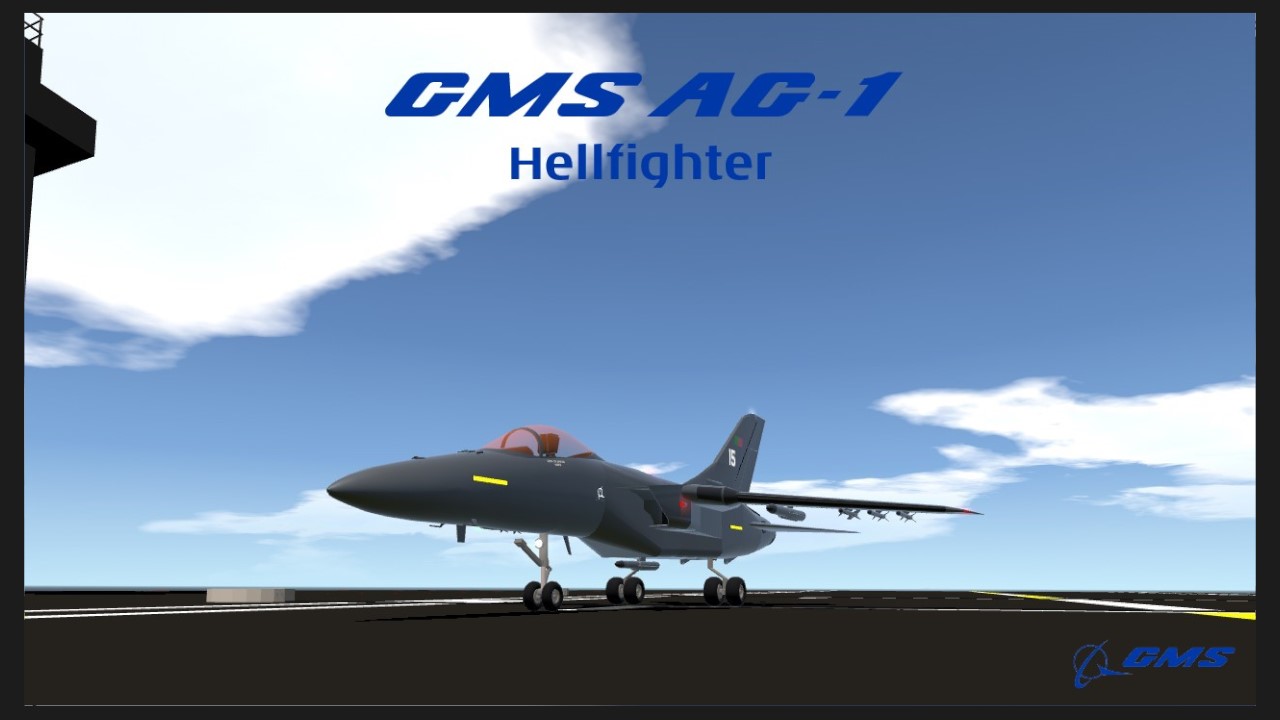
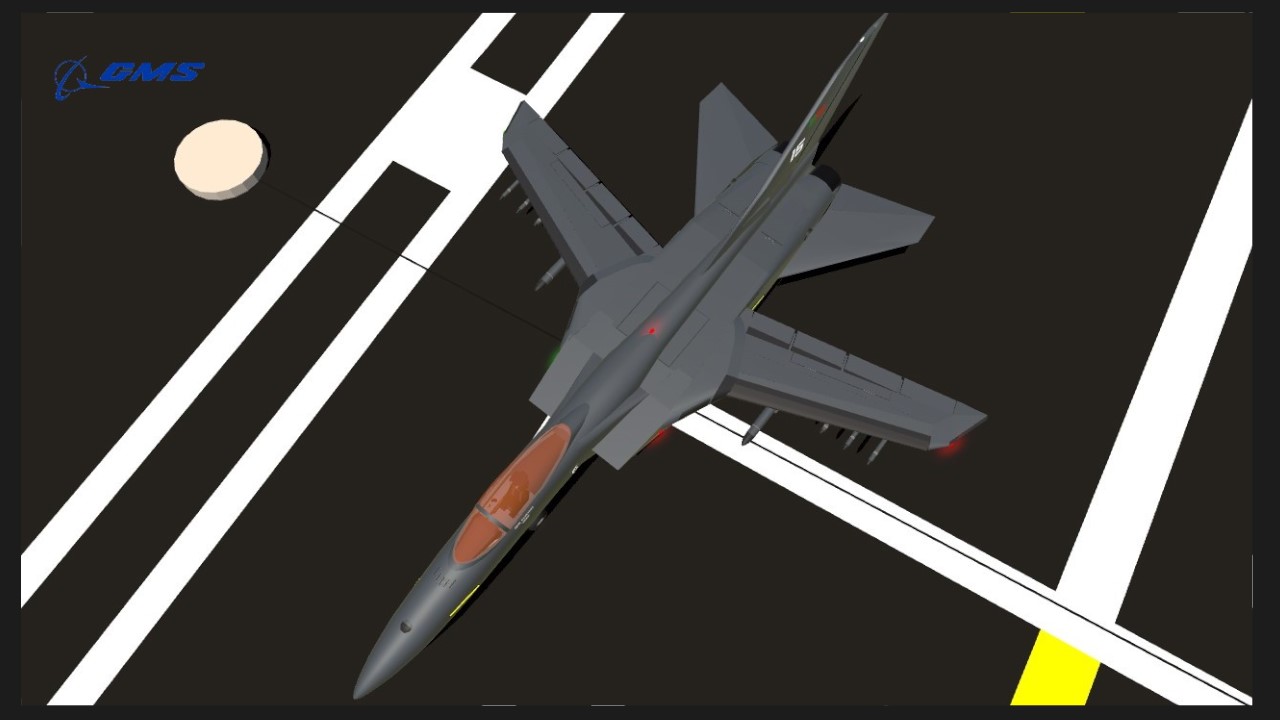
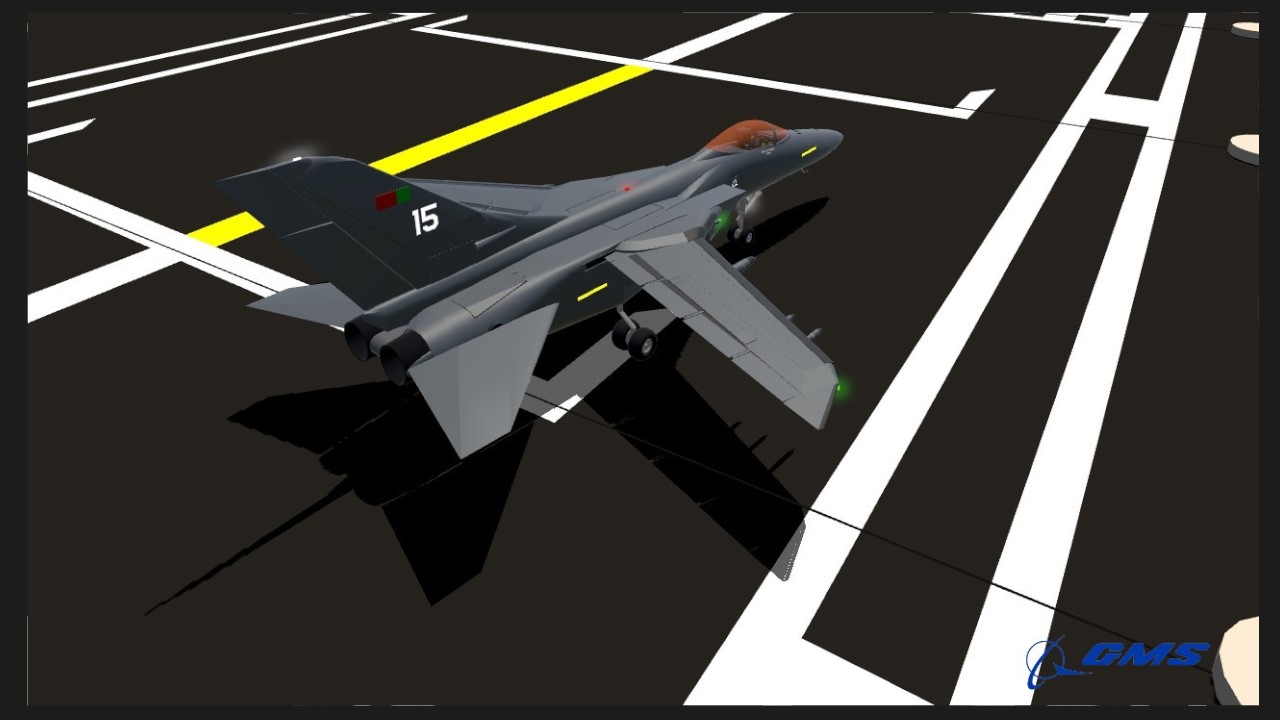
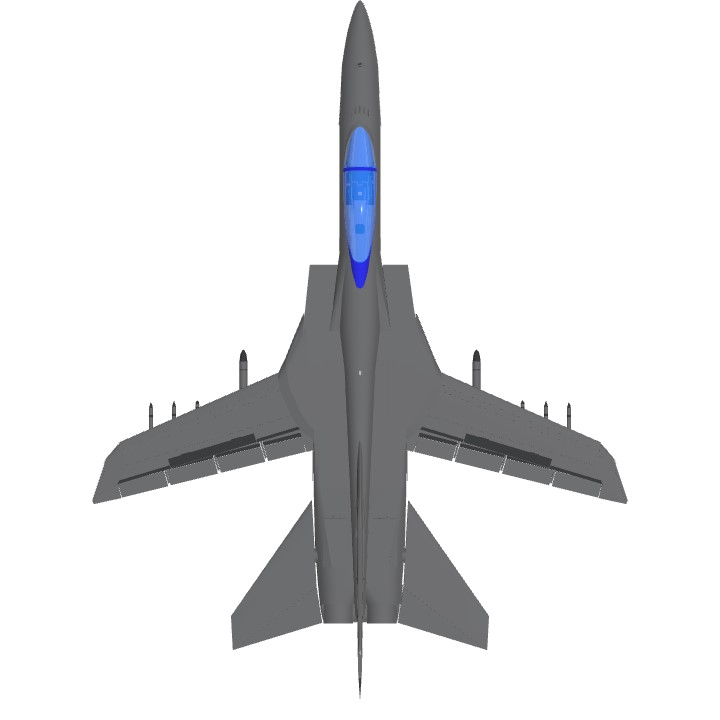

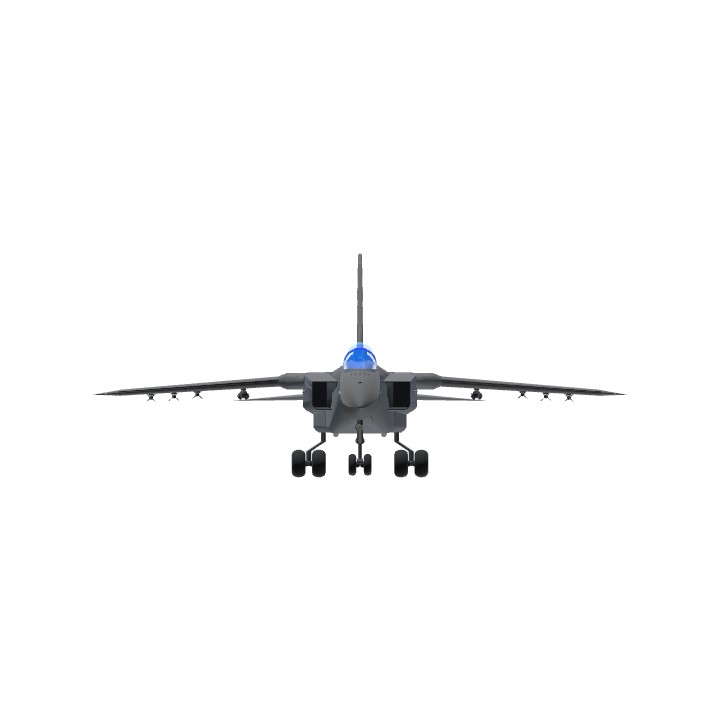
Baby F111